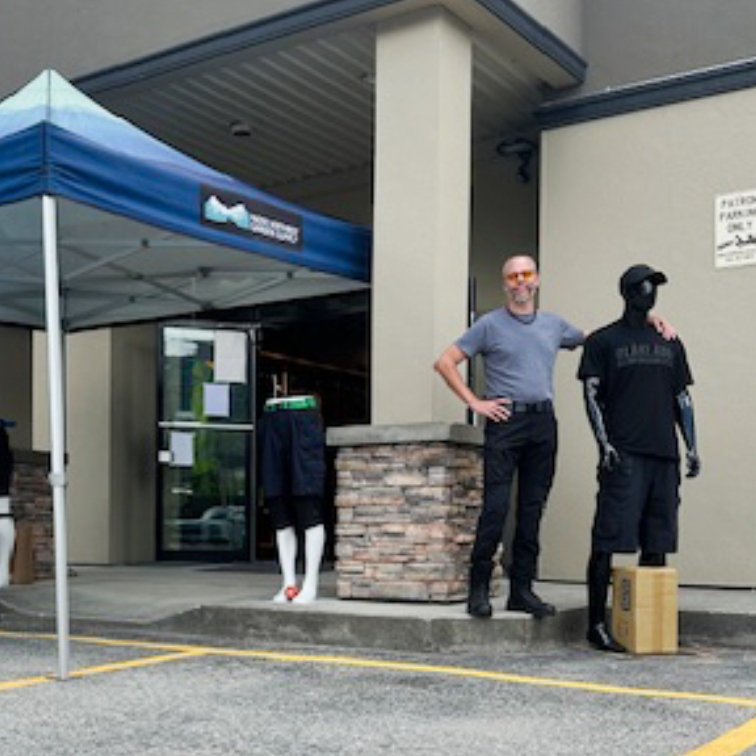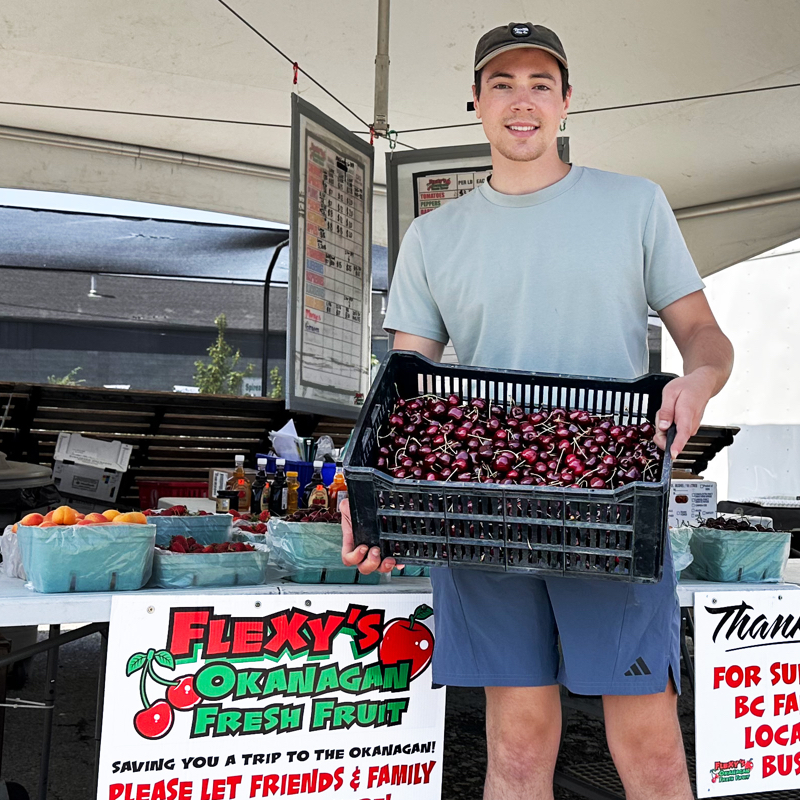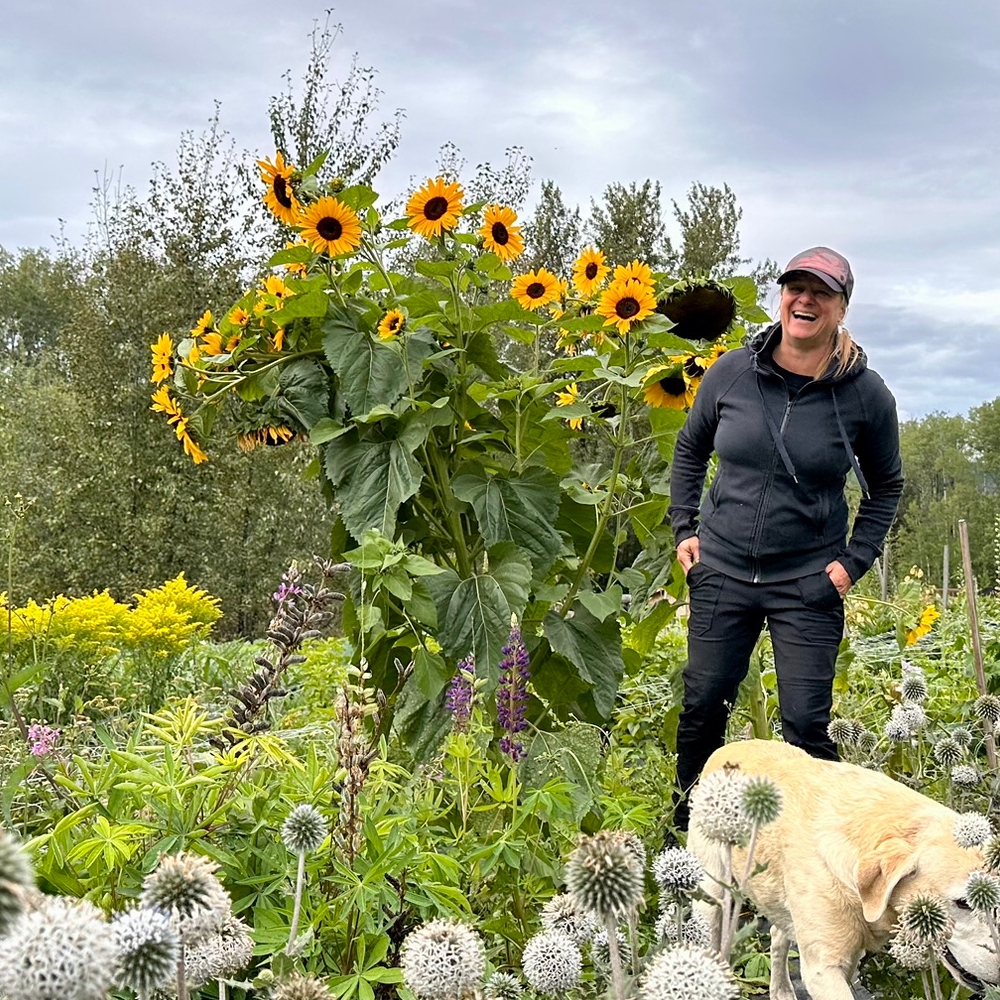An aid for local meat producers
Farmers in the Boundary region will receive a mobile abattoir unit this fall
Plans to construct a mobile abattoir unit in the Boundary region have finally come to fruition. The Grand Forks and Boundary Regional Agricultural Society have secured approximately $420,000 in funds for the project, and more than half of that money will be donated by Western Economic Diversification Canada. Other funds for the project will come from the Southern Interior Development Initiative Trust (SIDIT), Community Futures Boundary, the Phoenix Foundation of Boundary Communities and the Meat Transition Assistance Program (MTAP).
Members of the Grand Forks and Boundary Regional Agricultural Society have been working on the mobile abattoir project for the past five years and Roly Russell, who is the society’s president, is pleased to see it move ahead.
“It’s been a long haul,” said Russell. “We have been waiting on this final funding announcement from Western Economic Diversification Canada and it is the final amount that we need. And we have been waiting all this time to get approval from various government regulatory bodies, and now we have it, so we will be moving forward.”
Getting regulatory approval for the mobile abattoir has been a challenge for the society, partly because the abattoir will be a multi-species unit. According to Russell, most units either deal with poultry or red meat, but this mobile abattoir will have the capacity to process both.
The change in regulations that went into place several years ago has made it more difficult for small- to medium-scale meat producers to sell their products to grocery stores and restaurants in the province. However, Russell said that the new mobile abattoir will help a lot of regional meat producers to get back into business.
“(Meat producers) have been slowly dwindling because it is so hard to access those markets—so hopefully, this project will open those markets back up for producers,” said Russell.
He expects to see the mobile abattoir in operation by fall of 2012. Initially, it will operate within the Boundary region but Russell said that the Grand Forks and Boundary Regional Agricultural Society’s goal is to see the unit in use as much as possible. Its members may look into having the unit serve other regions in the Kootenays, as well.
“Ideally, we would see that it would be operative here in Boundary for some time and then it would move to another location—potentially, somewhere in the West Kootenay or more into the Okanagan,” said Russell. “We have initiated conversations but we would love to hear from other locations that would potentially have the capacity to utilize the unit for a window of time.”






Comments